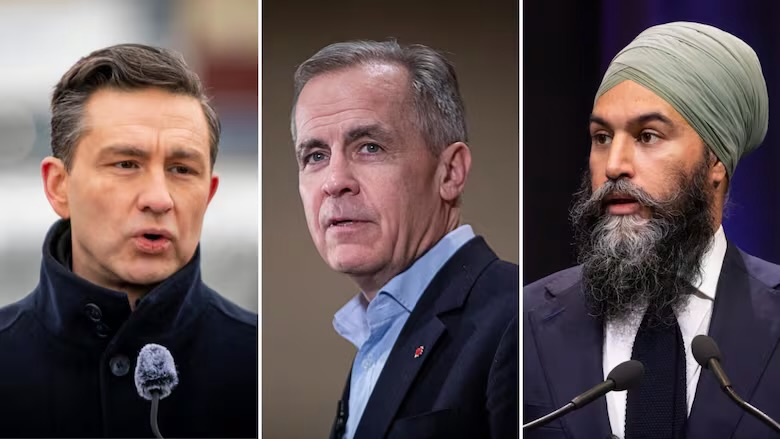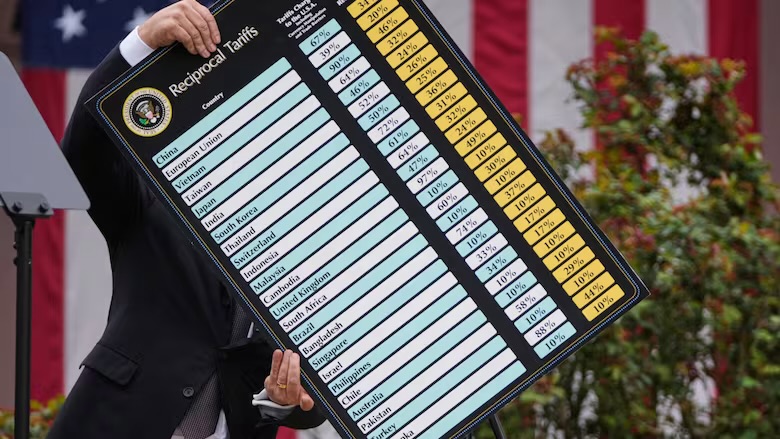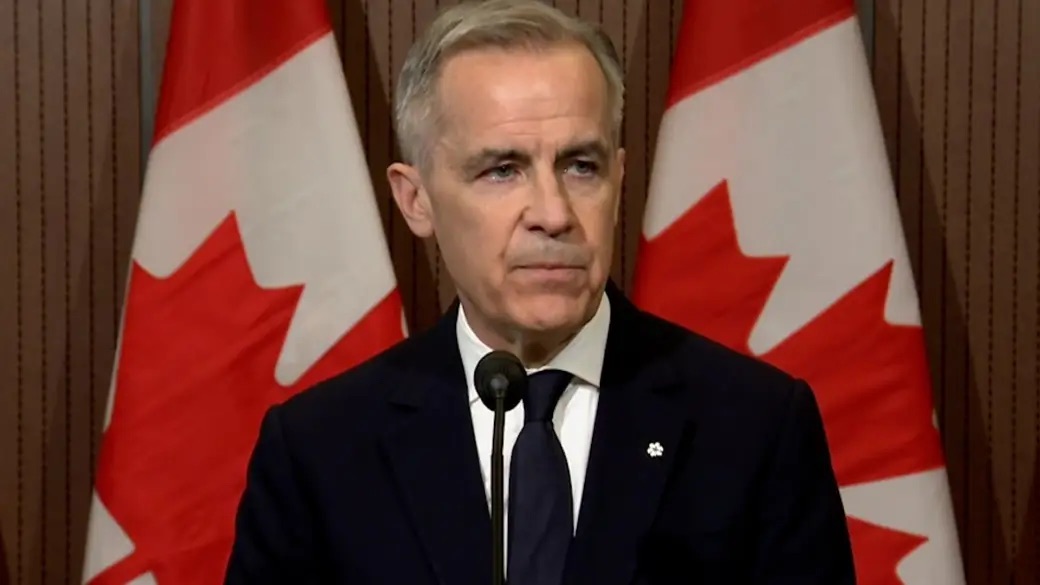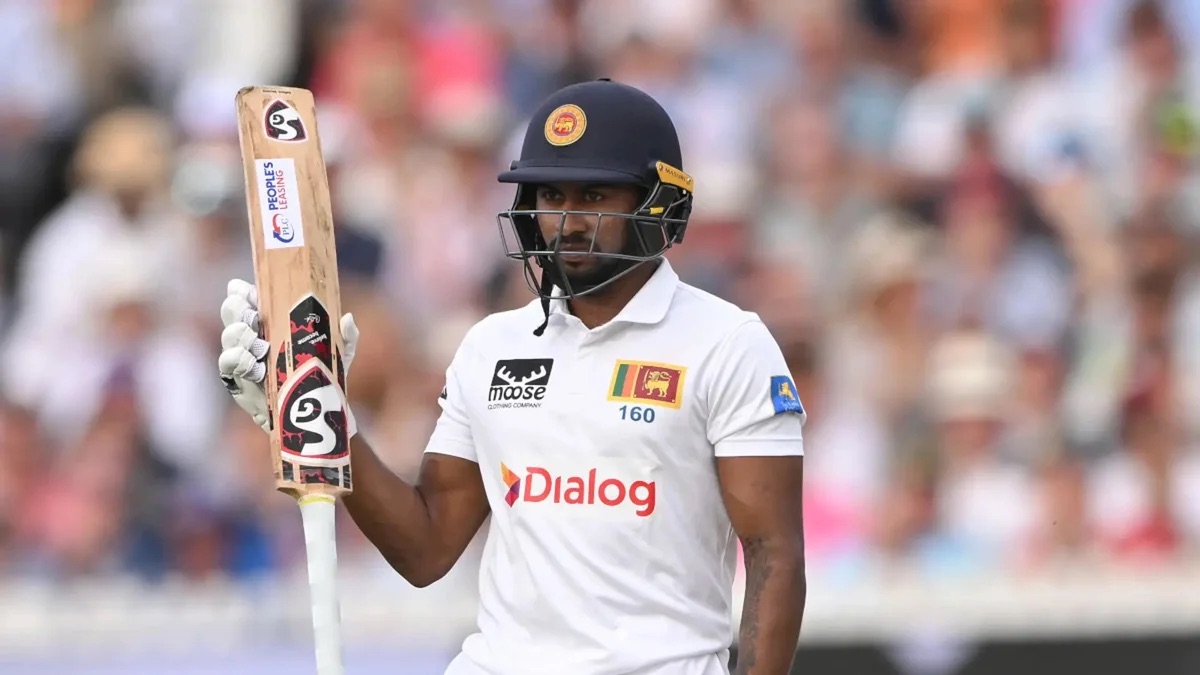Momentum Builds: National Numbers Tell a Tale
In the battle for the country's trust, Liberal leader Mark Carney is emerging as the frontrunner, with polls showing his party climbing to 44% support. Pierre Poilievre’s Conservatives trail narrowly at 38%, closing the gap yet still chasing the red tide. The once-strong voice of the New Democratic Party now echoes faintly at 9%, as strategic progressive voters rally behind the Liberals.
This slight upswing for both the Liberals and Conservatives—2 points each—suggests the electorate is restless but cautious, navigating the storm of campaign promises and economic anxiety.
Where Battles Brew: The Regional Storylines
Politicians may campaign across the country, but some arenas are undeniably more decisive:
- Ontario’s 905 corridor: A political seesaw—Liberals and Conservatives are locked in a dead heat here. Every handshake and soundbite in this suburban battleground could tip the scales.
- Quebec: Carney appears to have carved out a stronghold, commanding 47% support. The Liberals' culturally attuned messaging is resonating where it matters.
- The Prairies: This is true-blue territory. Conservatives stand tall at 43%, riding the wave of rural resilience and resource-focused policy platforms.
What Matters to Canadians: The Key Issues
- Affordability: Skyrocketing grocery bills and rental rates are shaping the dialogue at kitchen tables nationwide. Voters are split on whether the Liberals or Conservatives can truly ease their economic burdens.
- U.S.–Canada Relations: With America flirting once again with protectionist policies, the opposition has zeroed in on trade threats. Yet, their internal disagreements on how to prioritize this message are fraying party unity.
The Faces of the Race: Leadership Showdown
Canadians are not only choosing a party—they’re choosing a Prime Minister. Right now, Mark Carney leads in personal appeal, favored by 48% of voters over Pierre Poilievre’s 32%. The Liberals are capitalizing on Carney’s international gravitas, while Conservative tacticians worry that their leader’s mixed messaging is missing the economic mark.
Behind the Numbers: Methodology Matters
These insights are grounded in two heavyweight polls:
- Nanos Research (conducted March 27–29): Uses a three-day rolling average with a margin of error of ±2.7%.
- Ipsos (fielded between March 24–31): Yielded a margin of error of ±3.1%, backed by tracking data capturing developing trends across the final week of March.
As week two of the campaign races forward, the Liberals maintain a slim but stable lead. All eyes now turn to the next round of debates, regional tours, and policy releases—with so much still at stake, Canada’s electoral story is far from its final chapter.









